
Lavender Tea (75 g)
CUP CHARACTERISTICS: Mild with slight pungent and a distinctive floral perfume character.
INGREDIENTS: Lavender petals from France
GRADE(S): Grade A New Crop, Super Blue Petals
ANTIOXIDANT LEVEL: Low
CAFFEINE LEVEL: None - Caffeine Free Herb
INFORMATION:
The lavender fields of Provence have been described, "In the solitude of the Lure Mountains, lavender grows everywhere. At harvest time the evenings are lavender-embalmed. When you have lived the lavender nights and these days you are forever attached to the spirit of this perfume". Lavender flowers are gathered when they first start to bloom and are dried on a cloth, as they tend to fall apart. Lavender is most often used for perfuming, but it is also an excellent plant for infusions and has an agreeable floral flavor.
Herbalists recommend lavender to treat migraines, ease digestive spasms, and for certain respiratory problems. Lavender is also used for soothing the nervous system, (see below directions for preparation as an infusion). Lavender is also used as a local anesthetic. It is applied as a compress directly on a cut, bruise or sprain. To make lavender decoction boil 3 tablespoons of flowers in 1 liter (or quart) for 10 minutes. For bee stings, a teaspoon of petals in a sachet soaked in very hot water and then applied to the sting can help ease the pain and swelling. Lavender is often used to make a bath a pure aromatic delight. The practice of using it in bathes dates to ancient Rome where lavender was so prized that few of the aristocracy considered bathing without it. Proof of this can be found in the root of lavenders names: In Latin, lavare means "to wash?. To make a nice vinegar-bases cleansing lotion to sweeten up bathwater and use as a hair rinse after shampooing, soak 1/2 cup of lavender in 1 quart of cider vinegar and allow to "brew? for 1 week.
Lavender has been used as a natural pesticide. Rubbing the wood of cabinets and cupboards with the essential oil keeps mites and flies away. The dried flowers are also placed in a cloth sachet and hung in wardrobes and linen closets to keep insects and mites at bay.
Tea uses - Since Lavender has quite an aroma and flavor profile it is often used to give a tea a special signature. Lavender mixed with Earl Grey gives a very interesting "twist?. In fact for teashops that want to create their own signature blends, Lavender can make your blend distinctive and a blend that only "you? can create. A special blend helps build loyalty amongst your customers and is well worth the effort.
IDEAL BREWING TEMPERATURE: 100ºC/212ºF
HOT BREWING METHOD:
Bring filtered or freshly drawn cold water to a rolling boil. Place 1 slightly heaping teaspoon of loose tea for each 7-9oz / 200-260ml of fluid volume in the teapot. Pour the boiling water into the teapot. Cover and let steep for 3-7 minutes according to taste (the longer the steeping time the stronger the tea).
ICED TEA BREWING METHOD (Pitcher): (To Make 1 Liter/Quart):
Place 6 slightly heaping teaspoons or 6 tea bags into a teapot or heat resistant pitcher. Using filtered or freshly drawn cold water, boil and pour 1¼ cups/315ml into the pot. Steep for 5 minutes. Quarter fill a serving pitcher with cold water. Pour the tea into your serving pitcher straining the leaves or removing the tea bags. Add ice and top-up the pitcher with cold water. Garnish and sweeten to taste. A rule of thumb when preparing fresh brewed iced tea is to increase the strength of hot tea since it will be poured over ice and diluted with cold water. (Note: Some luxury quality teas may turn cloudy when poured over ice. This is a sign of luxury quality and nothing to worry about.)
You may also like

Angel Falls Mist Tea
$11.99 View Product
Angel's Dream Tea
$11.99 View Product
Apricot Supreme Tea
$11.99 View Product
Blackcurrant Tea
$11.99 View Product
Blue Lady Tea
$11.99 View Product
Blueberry Tea
$11.99 View Product
Buckingham Palace Tea
$11.99 View Product
Cardamom Tea
$11.99 View Product
Casablanca Tea
$13.99 View Product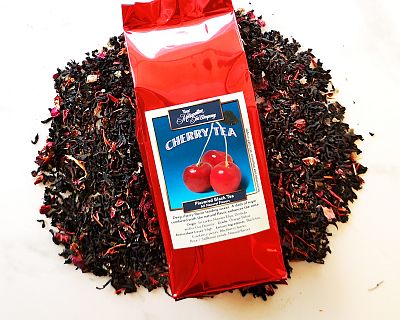
Cherry Tea
$11.99 View Product
Chocolate Mint Tea
$11.99 View Product
Cranberry Apple Tea
$11.99 View Product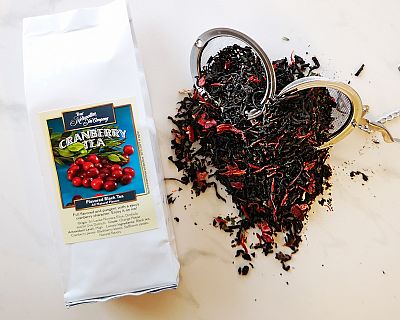
Cranberry Tea
$11.99 View Product
Creme de la Earl Grey Tea
$11.99 View Product
Earl Grey Rooibos Tea
$11.99 View Product
Earl Grey Tea
$11.99 View Product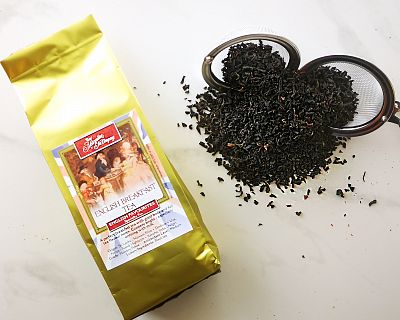
English Breakfast Tea
$11.99 View Product
Ginger Peach Tea
$11.99 View Product
Hazelnut Vanilla Tea
$11.99 View Product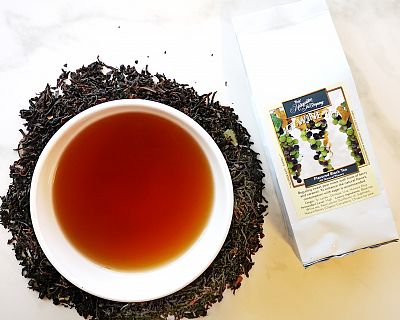
Ice Wine Tea
$11.99 View Product
Japan Sencha Green Tea
$11.99 View Product
Kama Sutra Chai Tea
$11.99 View Product
Lavender Tea (75 g)
$16.99 View Product
Lemon Green Tea
$11.99 View Product
Lemon Mango Punch Tea
$11.99 View Product
Mango Mist Tea
$11.99 View Product
Maple Blueberry Tea
$11.99 View Product
Maple Cream Tea
$11.99 View Product
Monk's Blend Tea
$11.99 View Product
Organic Tanzania Tea
$11.99 View Product
Peach Apricot Tea
$11.99 View Product
Peach Lift Tea
$11.99 View Product
Peppermint Tea (75 g)
$7.99 View Product
Queen Mary Tea
$11.99 View Product
Rhubarb Cream Tea
$11.99 View Product
Rooibos Provence Tea
$11.99 View Product
Rose Tea
$11.99 View Product
Royal Bengal Tiger Tea
$11.99 View Product
Scottish Breakfast Tea
$11.99 View Product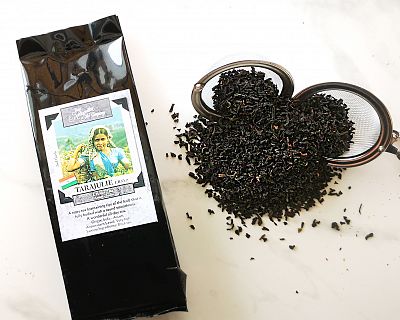
Tarajulie (Assam) Tea
$11.99 View Product


